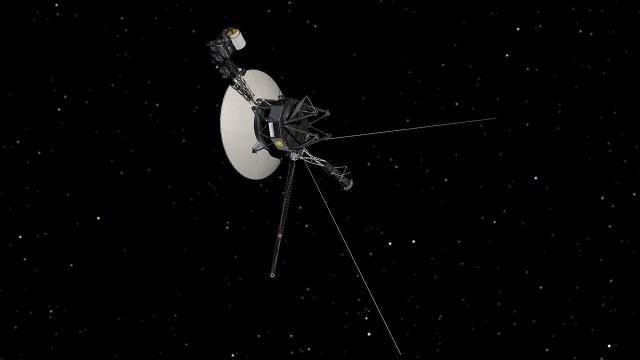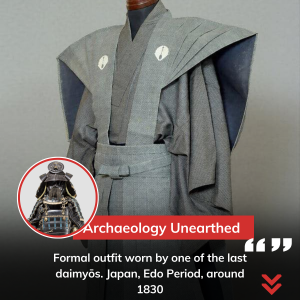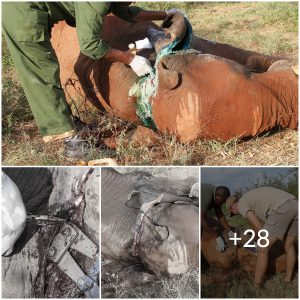
It’s the end of an era as NASA prepares to bid farewell to the iconic Voyager spacecraft. After 45 years, the probes are running low on power, and their power levels have been gradually dropping at a rate of four watts per year. This means that soon, we won’t be able to hear from these legendary spacecraft, marking the end of a historic mission that has captured the hearts of space enthusiasts worldwide.
Over the years, NASA has done everything possible to keep the Voyagers going. The organization has turned off various instruments to extend their lives, but even that can only do so much. Voyager 2 now has only five working instruments, while Voyager 1 has only four. NASA is planning to turn off some of the Voyagers’ remaining systems this year, hoping to stay connected with them until at least 2030.
Despite their dwindling power, the Voyager probes have accomplished some incredible feats. These manmade objects are the farthest from Earth in space, traveling over billions of miles in their unprecedented journey. Their voyage began on a challenging note, as they embarked on a mission to explore the outer planets.
The alignment of Jupiter, Saturn, Uranus, and Neptune in the late 1970s and early 1980s presented a unique opportunity for NASA to send a spacecraft to explore the outer planets. NASA initially planned to send up to five probes to explore the four giant planets and Pluto, but the ambitious project was scaled down to just two spacecraft. Voyager 1 and Voyager 2 were launched within 15 days of each other in the summer of 1977, with a prime mission of four years.

Despite their initial limited mission, the Voyager spacecraft proved to be tougher and more resilient than imagined. They reached Jupiter in March 1979, followed by Voyager 2 in July of the same year. They took over 33,000 pictures of Jupiter and its satellites, capturing some of the most beautiful images of Io, a colorful third-largest moon of Jupiter, with 10 times more volcanic activity than Earth.
After exploring the Jovian system, the Voyagers journeyed towards Saturn, where they took some of the most iconic images of the rings and moons of the gas giant. Voyager 1 went through Saturn’s rings and headed north out of the plane of the planets, while Voyager 2 continued its exploration of Uranus and Neptune.

Voyager 2 made an amazing discovery when it found ten new moons around Uranus, adding the planet to the growing list of ringed worlds. When the four-year Grand Tour was completed, NASA planned to switch off the cameras on both probes. However, Carl Sagan made a special request to have Voyager 1 transmit one last series of images, pointing back at Earth. The result was the famous Pale Blue Dot, a tiny spec against a beam of magnificent light, illustrating how small we are in the cosmic scale.
After taking this iconic portrait, the Voyagers set themselves on a never-ending journey to the unknown. On December 16, 2004, Voyager 1 reported high values for the magnetic field’s intensity at a distance of 94 Astronomical Units, indicating that the spacecraft had crossed a milestone and entered the interstellar space.
Despite all the challenges, the Voyager mission has been a success. These legendary probes have traveled farther and achieved more than anyone could have imagined. They have given us a glimpse of the outer planets beyond our solar system, and their journey is a testament to the human spirit of exploration and discovery.
As we bid farewell to the Voyager mission, we should take a moment to reflect on their incredible legacy. These spacecraft and their amazing journey have inspired generations of scientists and space enthusiasts, reminding us of the possibilities and beauty of outer space. The Voyager mission may be ending, but their legacy will continue to inspire us for years to come.

